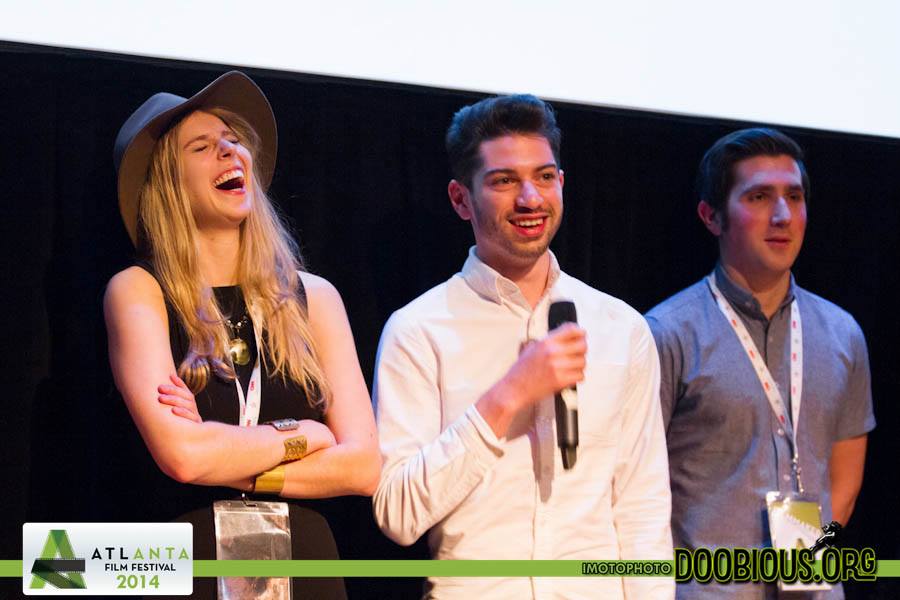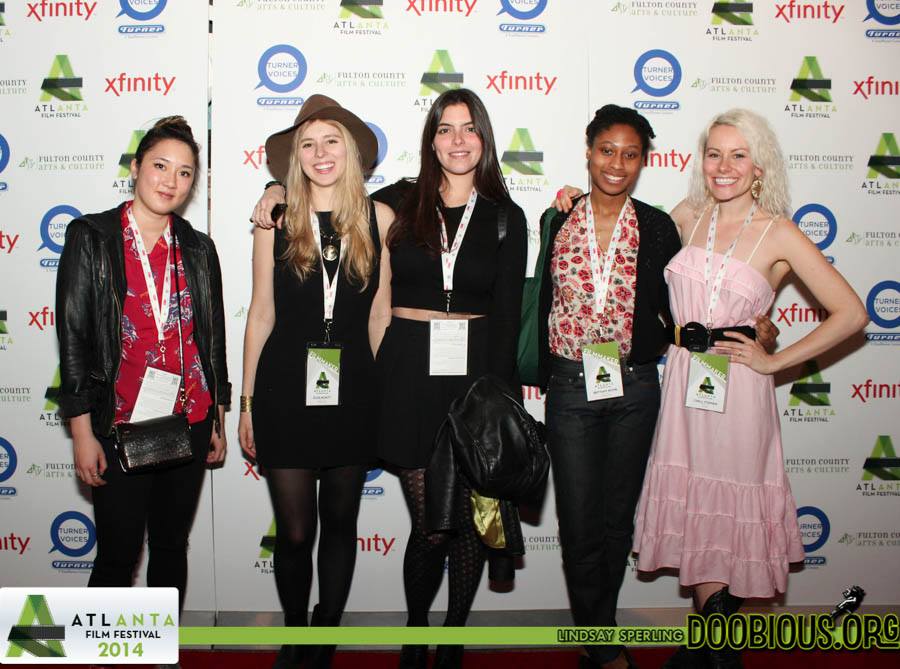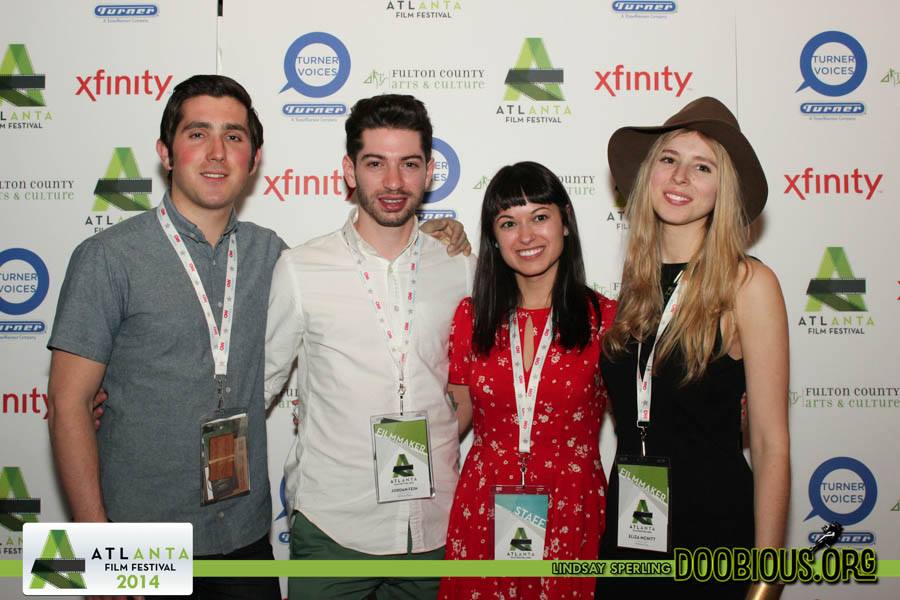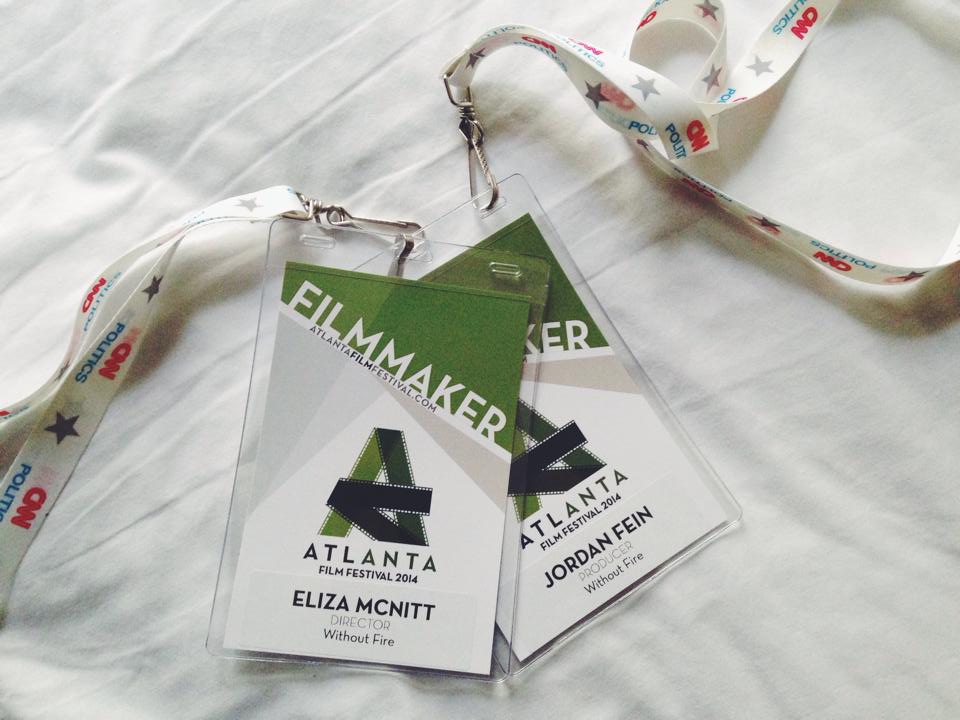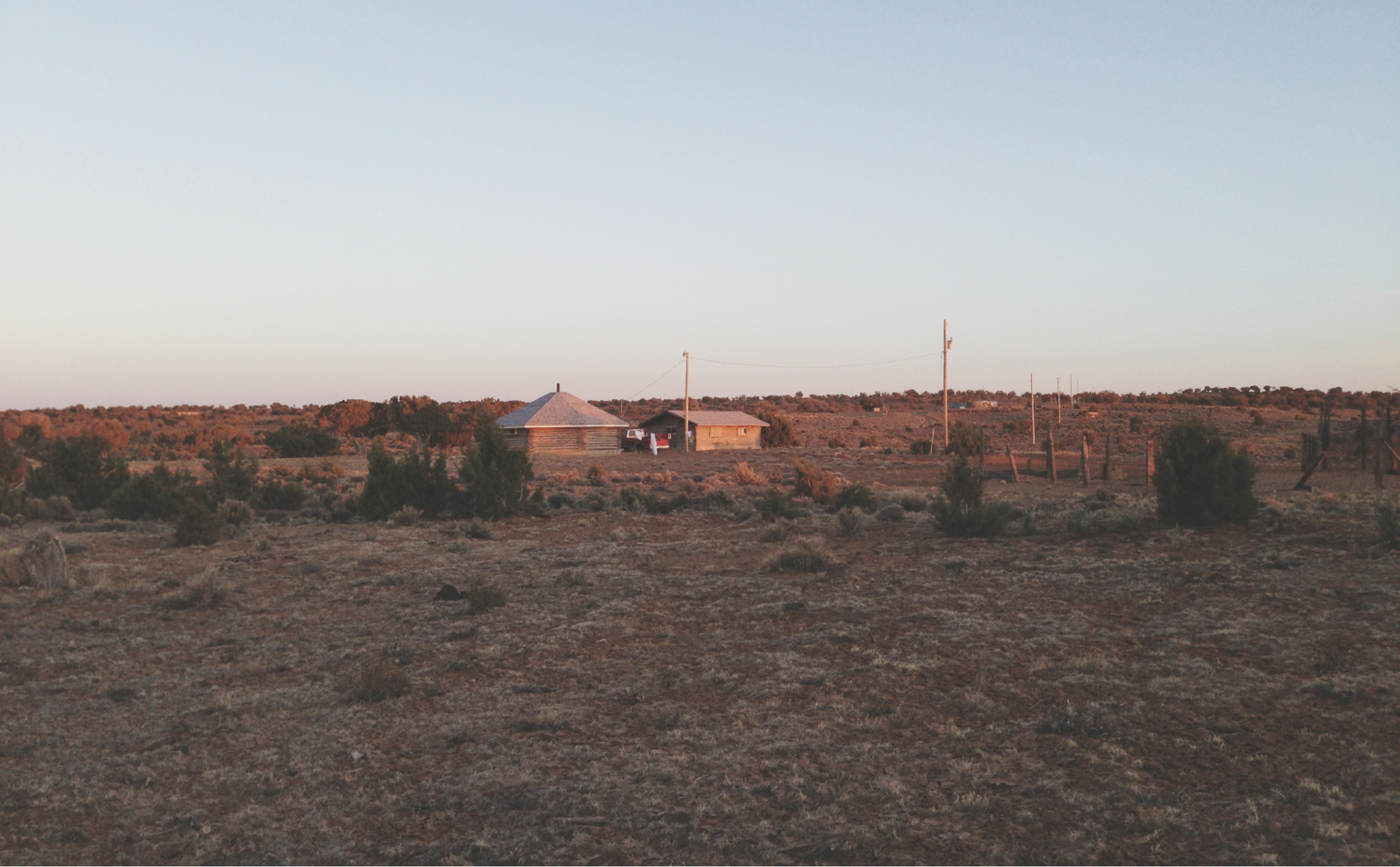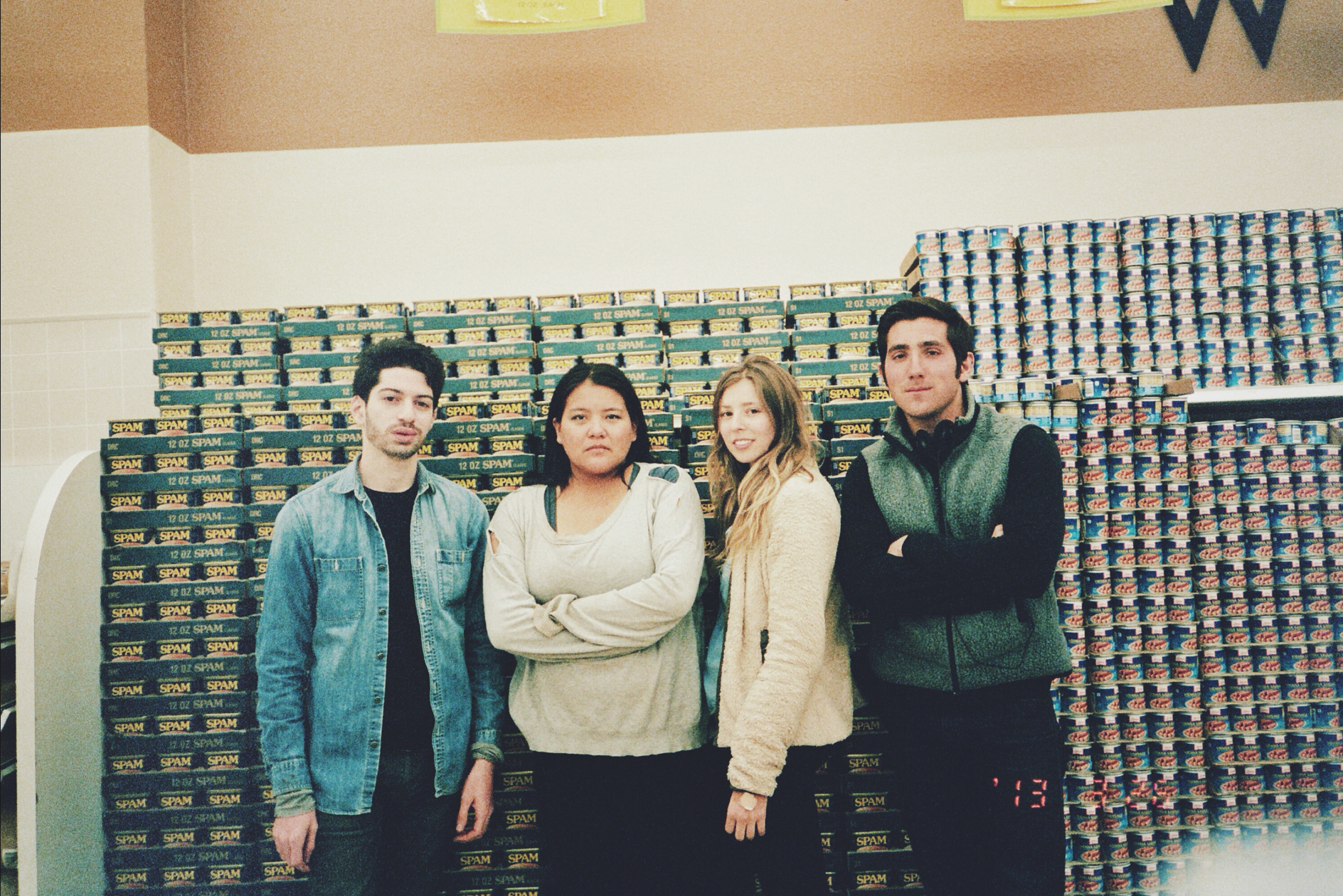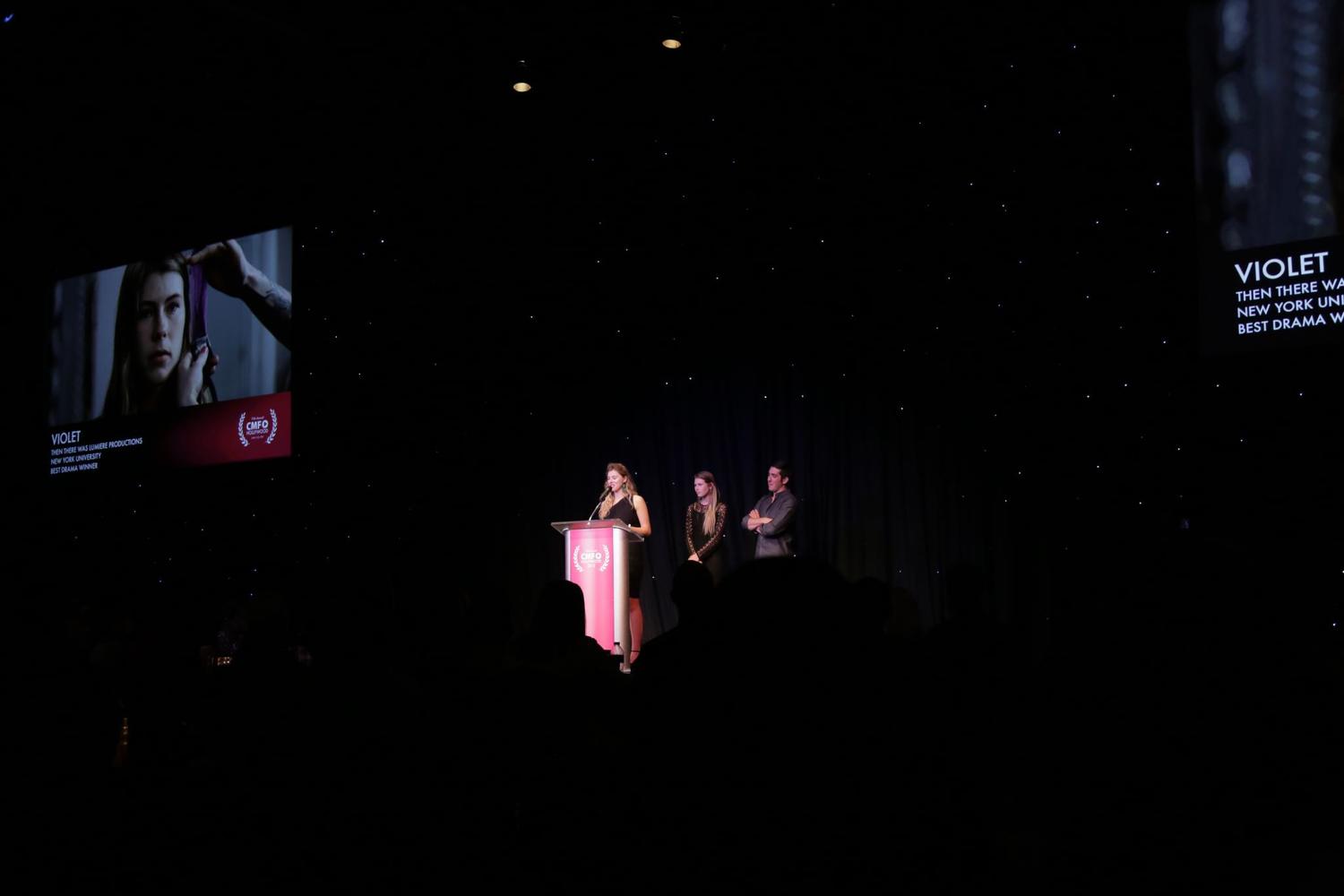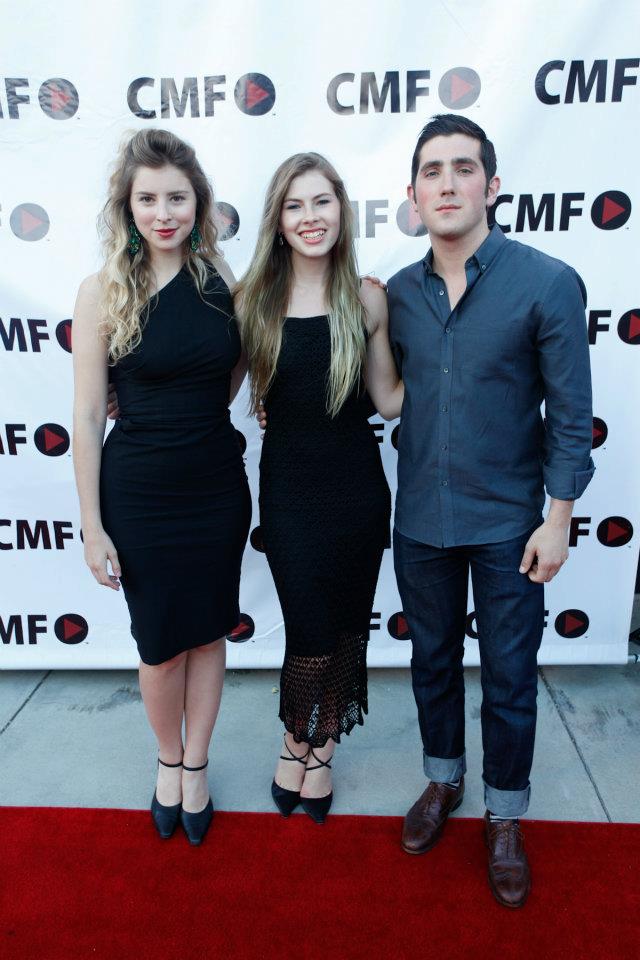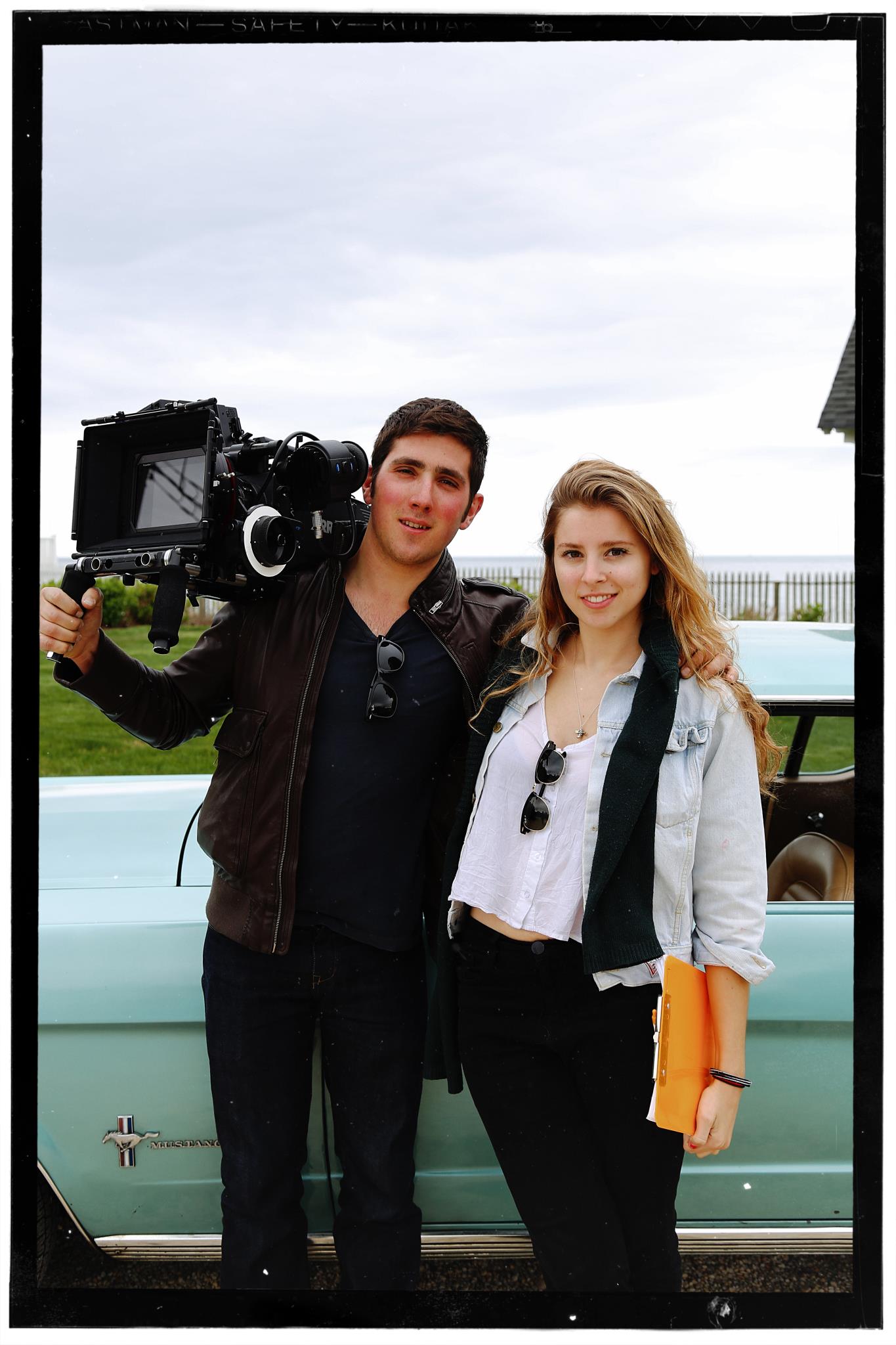L'Oréal DiscovHER x Eliza
Eliza discovered film through science. A graduate of NYU’s Tisch School of the Arts, her film Without Fire was the recipient of an Alfred P. Sloan Foundation Grant. It follows a young Navajo girl who has to figure out a way to heat her home in order to save her asthma-stricken mother from a bitter winter storm starring Misty Upham (Frozen River, August: Osage County) and Magdalena Begay (Drunktown’s Finest). Eliza's most recent short film Artemis Falls commissioned by TED is about an astronaut on her journey into space and stars Adepero Oduye (Pariah, 12 Years A Slave). Eliza is currently developing a feature film about her journey investigating the mystery of vanishing of honeybees.
Study the science of art. Study the art of science.
- Leonardo da Vinci
Science is Storytelling An Editorial for L'Oréal DiscovHER by Eliza McNitt
Honeybees are vanishing as the world searches for an answer. Meanwhile a breakthrough discovery is made by an unlikely scientist. It’s 2007. I’m a sixteen-year-old high schooler researching Honeybee Colony Collapse Disorder for a science fair project. I stumble upon an idea that will become an issue of Homeland Security as Entomologists and the United States Army begin researching it years later. This is the story of how I discovered film through science.
The Connecticut Science Fair is around the corner and I have nothing. I’m anxiously awaiting a reply from an Entomologist investigating Honeybees at the Agricultural Experimental Station who I hope to work alongside. Finally they call me back. They reject me.
This year my research class kicked off with a presentation on the science fair stars: Russel and George. They both won the Connecticut Science Fair and advanced to Intel, the Superbowl of Science Fairs. They’ve set the bar high and I’m struggling to keep up. One day we talk about the new instrument added to our high school lab: an HPLC.
“Do you know what that stands for Eliza?”
I fumble my words as I draw a blank. They laugh as I validate their suspicions that I’m not cut out for the high stakes world of science fairs. Not to mention I have no project and time is running out. My research teacher Andy Bramante encourages me to stick with it, ideas come in unexpected ways. Sometimes they fall in front of your eyes or maybe even on your head.
I’m about to take a bite out of this apple. My grandfather, a chemical engineer at MIT who taught Army officers how to defend against nerve-gas attacks during WWII, asks me if I’ve washed it. Unnerving is a good way to describe what he tells me about the carcinogenic properties of the insecticides that were used on the apple.
It’s not too late to wash it. But while pouring honey in my tea, I have an ominous thought. Don't honeybees make honey from the nectar of apple blossoms? And aren't those blossoms also sprayed with insecticides? Finally it hits me.
I propose my science research project: “Tracing the Migration of Pesticides Through the Production of Southwestern Connecticut Honey.” There are mountains of data on insecticides and agricultural produce, but nothing conclusive on residual pesticides in raw honey. I’m venturing into uncharted territory.
By February, with science fair deadlines looming, the breakthrough I’d predicted in my preliminary abstract is nowhere in sight. I’m using some of the most sophisticated analytical equipment to examine honey samples gathered from a nearby Arboretum. The tests themselves are right out of an episode of “CSI” with names like Attenuated Total Reflectance, Fourier Transform Infrared Spectroscopy, Fluorescence Spectroscopy, and of course HPLC. It stands for High Pressure Liquid Chromatography by the way. I find no smoking gun. No incriminating chemical fingerprint.
But there is one mysterious piece of evidence that keeps appearing. As I use HPLC to isolate the components of samples I have gathered from the Arboretum, there is the continuous presence of a strange component I can’t identify.
I see a documentary on PBS that shows a region in China where farmers exterminated honeybees due to harmful pesticide use and now have to pollinate the pear crop by hand. I’ve been caught up in research documents and papers, but this is the first time I consider the emotional impact of the loss of honeybees. Honeybee pollination is responsible for one in every three bites of food that we eat. Without honeybees, mankind all together could disappear.
Digging deeper into the mystery of CCD, I find that Imidacloprid is being used in the local Arboretum. As of December 31, 2004 the EPA took action to phase out and eliminate all residential uses of the lethal insecticide Diazinon a substitute for DDT. However, it was not until 2006 when Diazinon was banned entirely from agricultural use and replaced with its supposedly less harmful counterpart Imidacloprid. It was in November of 2006 that beekeepers began to notice inexplicable die-offs of a significant number of their hives. This is a coincidence too great to ignore. Using HPLC I run tests with samples from the Arboretum. Could it be possible that all along this mystery component has been the lethal neonicitinoid Imidacloprid?
It’s everywhere. My research seeks to provide analytical evidence that Imidacloprid plays a role in CCD by tracing the migration of this pesticide in the pollination pathway of the honeybee. I find elements of Imidacloprid within the bees, in the hive, in the honey. Results for the analysis of dead Arboretum bees reveal the presence of 143 ppm of Imidacloprid within the honeybees. The goal of my scientific research was to trace levels of Imidacloprid in the honeybee bionetwork when the neonicitinoid is applied in a controlled environment, and the bee colony is limited to feeding in these same locations. After a long and mysterious investigation, I make a discovery even deeper than I could have imagined.
My research receives first place at the Connecticut Science Fair. I’m suddenly catapulted to Intel, the world’s largest pre-college science competition. The judging is a grueling whirlwind of challenging riddles testing your scientific process. When they announce my name for Environmental Management as the First Place Winner, I think I’m dreaming.
I feel like I’ve made some kind of breakthrough, but when I get home from Intel honeybees are still disappearing and my classmates, even my parents don’t even know what CCD stands for. So when my friend Charlie Greene tells me about a documentary competition C-Span is holding to inform Obama of the nation’s most pressing issue, I know exactly what we should make a film about.
I discover that science is storytelling. By creating a process where I am searching for answers, mistakes can become breakthroughs in understanding. For me, science and art blur together and become one. I’m probably not thinking this when I’m wearing the hazmat suit in a swarm of bees clutching a camera with my exposed hands. But I realize that I’m fascinated by this. Not the sweaty suit, but the process of making a film. Like in science there is a real adventure involved in the creation of an idea and the stories I discover along the way.
Our documentary is shown to an international audience on C-Span as people call in from all over the world to find out how we can end the disappearance of honeybees. I discover the power of reaching people through film as a tool for storytelling. And with my prize winnings from Intel I buy my first camera.
Independent Film Festival of Boston | Artemis Falls Official Selection
Arizona International Film Festival | Artemis Falls Official Selection
The Atlanta Film Festival 2015 | Artemis Falls Official Selection
Artemis Falls at the Atlanta Film Festival in the OTHER WORLDS Shorts Block.
OTHER WORLDS Shorts Block Q&A at the Plaza Theater.
Eliza McNitt and Julian Higgins.
Filmmakers of the OTHER WORLDS shorts block.
Film Fatales at the Atlanta Film Festival.






































